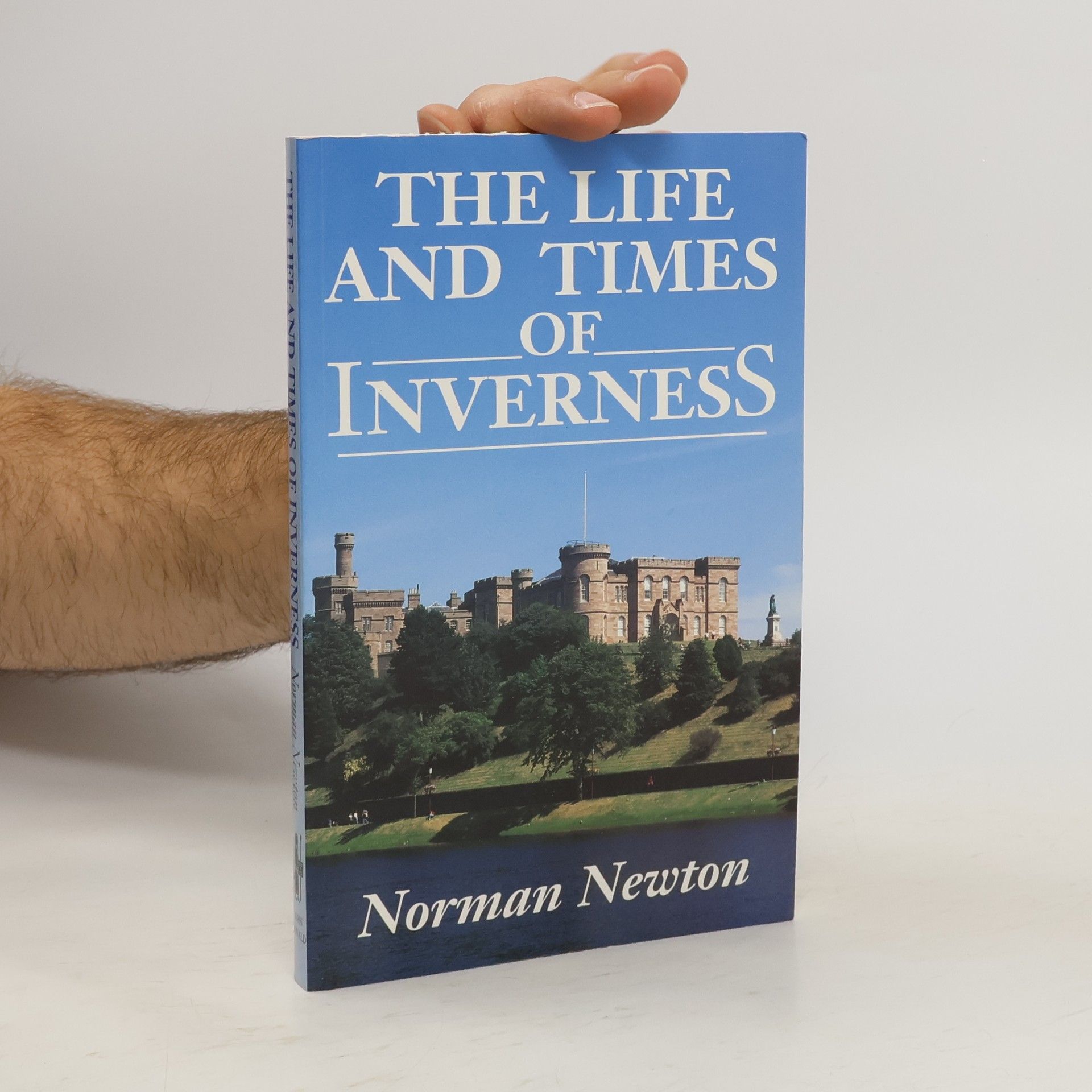Local personalities, sporting triumphs and disasters, trade and industry, schools and churches are all covered in this text, and the emphasis throughout is on the people of the burgh and their reaction to events which they faced through the history.
Norman S. Newton Libri
Norman S. Newton è uno scrittore dedicato alla storia e alla cultura delle isole scozzesi e alla storia locale di Inverness. Il suo esteso lavoro nelle biblioteche ha informato la sua profonda comprensione della regione, permettendogli di creare narrazioni ricche che esplorano il patrimonio unico di queste aree. Gli scritti di Newton sono caratterizzati da una ricerca meticolosa e da un profondo apprezzamento per il significato storico dei paesaggi e delle comunità scozzesi.




Contains information that visitors need to know about the island's heritage, landscape, climate, flora and fauna. Helping visitors to explore and understand the landscape, this book also offers information on services, facilities and places to visit.
Remote, romantic and often mysterious, the islands off the coast of Scotland hold a strong fascination for thousands of visitors each year. Focusing on Skye, this title is one of a series of illustrated guidebooks providing information on heritage, landscape, climate, flora and fauna.
Lost Inverness, using many images which have never before been published, explores the lost architectural heritage of the capital of the Highlands. The list of vanished buildings and streets is a long one. The medieval town was gutted by our mid-Victorian ancestors in a frenzy of redevelopment, without a trace of sentimentality, and in the process many fine public buildings were created. Sadly, the post-war 'improvements' in the town centre, especially in the 1960s, have left an embarrassing legacy of architectural blight. Fortunately many fascinating old photographs and drawings survive, allowing us to celebrate much of what has been lost. This book draws on the resources of Highland archives, libraries and museums to create a memorable record of a missing urban landscape, from the speculative sites of Pictish forts and Macbeth's castle, to Queen Mary's house and the old suspension bridge below Inverness Castle, itself blown up by the Jacobites in 1746 and replaced by the 1830s prison and courthouse. This book will appeal to all who know the city of Inverness, whether as natives or visitors, and to exiles everywhere, as it revives memories of shops, offices and public buildings now replaced by a homogenised streetscape.